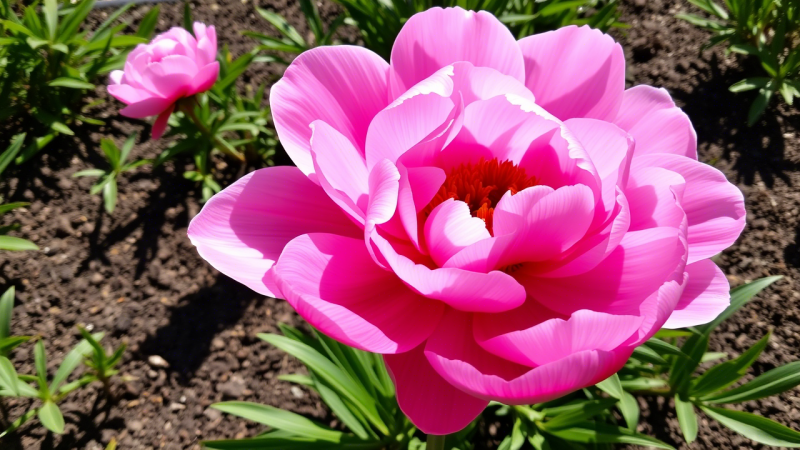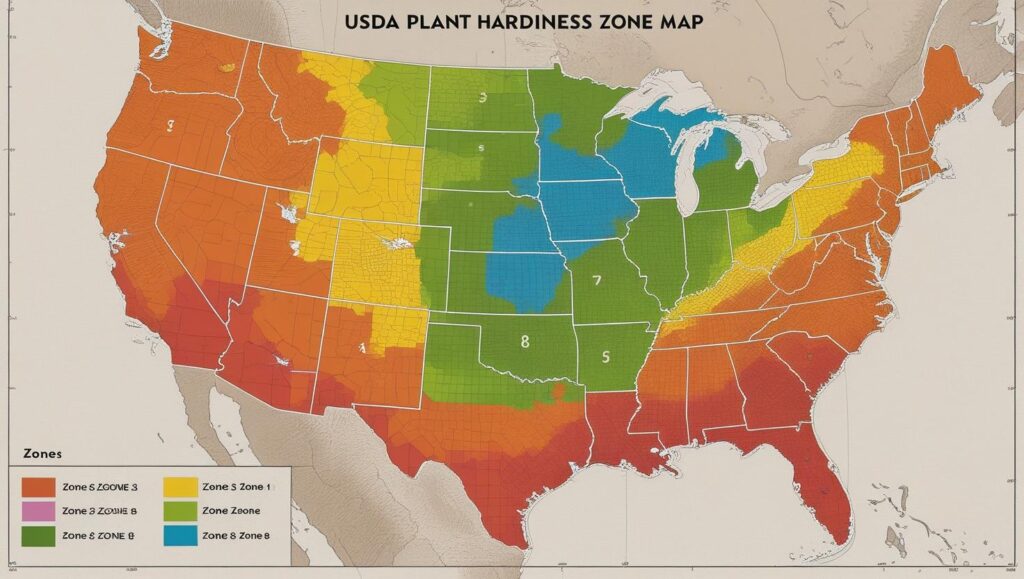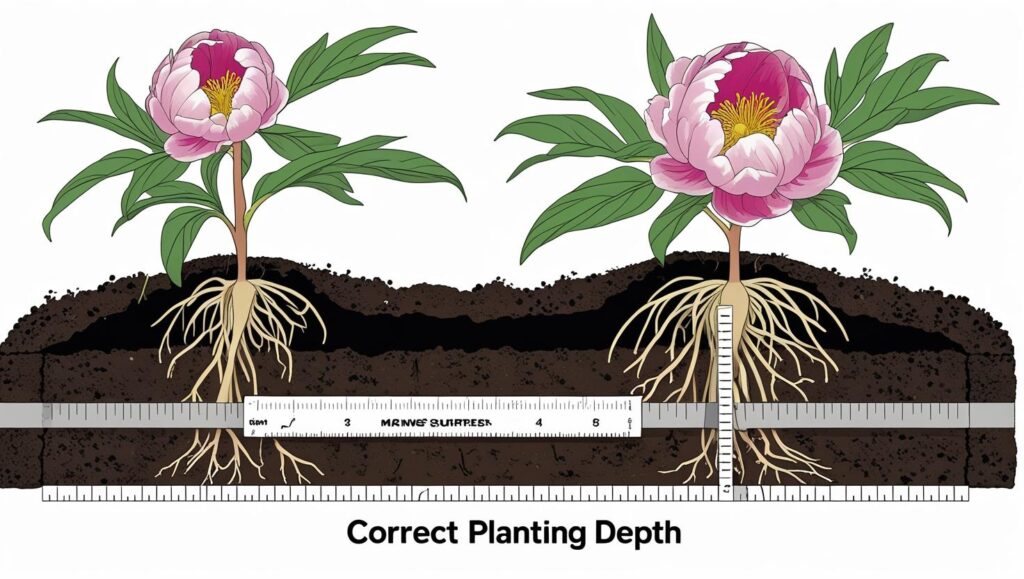
For gardeners seeking to cultivate the lush, vibrant blooms of peonies, success is overwhelmingly determined before a single root touches the soil. Horticultural experts universally agree that selecting the ideal place to plant peonies is the most critical factor for ensuring their long-term health, longevity, and prolific flowering. These durable perennials, capable of thriving for a century, depend entirely on the right conditions of sunlight, soil, and space from the very beginning.
This guide provides a comprehensive breakdown of the essential requirements, drawing on expertise from leading botanical institutions and university extension programs to help gardeners establish a flourishing peony patch for generations to come.
Key Requirements for Planting Peonies
| Key Factor | Detail/Specification |
| Sunlight | 6-8 hours of direct, full sun per day. |
| Soil | Well-drained, fertile loam with a pH of 6.5 to 7.0. |
| Planting Depth | Root crowns (eyes) planted no more than 2 inches deep. |
| Hardiness | Requires a cold winter dormancy; thrives in USDA Zones 3-8. |
| Spacing | 3 to 4 feet apart to ensure good air circulation. |
Sunlight and Airflow: The Non-Negotiable Foundations
The single most important consideration for siting a peony is sunlight. Peonies are sun-worshippers that require a minimum of six to eight hours of direct sun each day to fuel the energy production needed for large, numerous flowers.
“Without adequate sun, you’ll get lush, green foliage but very few, if any, blooms,” explained Dr. Leonard Perry, a Horticulture Professor Emeritus at the University of Vermont Extension. “It’s the most common reason we see for peony flowering failure.”
While full sun is the standard, a small amount of afternoon shade is acceptable, particularly in warmer climates (USDA Zones 7-8). This light shading can help protect the delicate flowers from scorching during the most intense heat of the day, potentially prolonging their display.
Equally important is air circulation. Planting peonies too close together, or in a damp, still corner of the garden, can invite fungal diseases like botrytis blight or powdery mildew. These diseases thrive in humid conditions and can cause buds to turn black and rot. According to a plant health guide from the Missouri Botanical Garden, spacing plants three to four feet apart allows air to move freely, keeping the foliage dry and significantly reducing disease risk.
Mastering Peony Soil Requirements
After sunlight, the right soil composition is crucial. Peonies demand well-drained soil and will not tolerate “wet feet.” In heavy clay or compacted soils, water can pool around the tuberous roots, leading to root rot, which is almost always fatal for the plant.
To ensure proper drainage and nutrition, amending the soil is often necessary. The Royal Horticultural Society (RHS) recommends digging a generous hole, approximately two feet deep and two feet wide, and incorporating ample organic matter.
“Compost, well-rotted manure, or leaf mold will improve the soil structure,” the RHS advises in its official peony cultivation guide. “This creates a friable, fertile loam that retains adequate moisture while allowing excess water to drain away.”
The ideal soil pH for peonies is slightly acidic to neutral, in the range of 6.5 to 7.0. Gardeners can use a simple home test kit to determine their soil’s pH and adjust it if necessary.

The Art and Science of Planting Peonies
With the location chosen and the soil prepared, the physical act of planting comes with its own critical rule, particularly regarding depth.
Getting the Depth Right
Herbaceous peony roots feature small, reddish buds known as “eyes.” These are the nascent growth points for the following season’s stems. According to the Cornell University Extension, the most frequent cause of non-blooming peonies, after insufficient sunlight, is planting them too deeply.
The rule is precise: the eyes on the root crown should be planted no more than two inches below the soil surface. In warmer southern regions, this depth should be even shallower, at just one inch.
“Planting too deep effectively keeps the buds in a state of extended refrigeration, and they fail to receive the warming cues from the sun in spring that trigger stem growth and flowering,” states a publication from the University of Minnesota Extension.

Timing the Plant
The ideal time for planting peonies is in the autumn, several weeks before the ground freezes. This gives the plant’s feeder roots time to establish themselves before winter dormancy sets in, paving the way for robust growth in the spring. While peonies sold in containers can be planted in the spring, fall-planted bare-root peonies often establish more quickly and vigorously.
Long-Term Peony Care and Considerations
Once planted in the ideal place to plant peonies, the plant requires minimal but specific care. They are not heavy feeders; a light application of a low-nitrogen fertilizer (such as a 5-10-10 formula) after they have finished blooming is sufficient. High-nitrogen fertilizers will encourage leafy growth at the expense of flowers.
Many gardeners become concerned when they see ants crawling on their peony buds. However, these insects are harmless. According to the Iowa State University Extension, the ants are simply feeding on the sugary nectar the buds exude. They do not damage the plant and are not required for the flowers to open.
A well-sited peony is an investment in future beauty. As they are sensitive to being moved, choosing the right spot from the outset is paramount. “A peony can live for 100 years, often outliving the gardener who planted it,” noted experts at the University of Michigan’s Matthaei Botanical Gardens. With proper placement, these resilient plants will provide a spectacular floral display in the same spot for decades to come.
Grow Creeping Thyme the Easy Way—Fragrant, Beautiful, and Bee-Friendly
